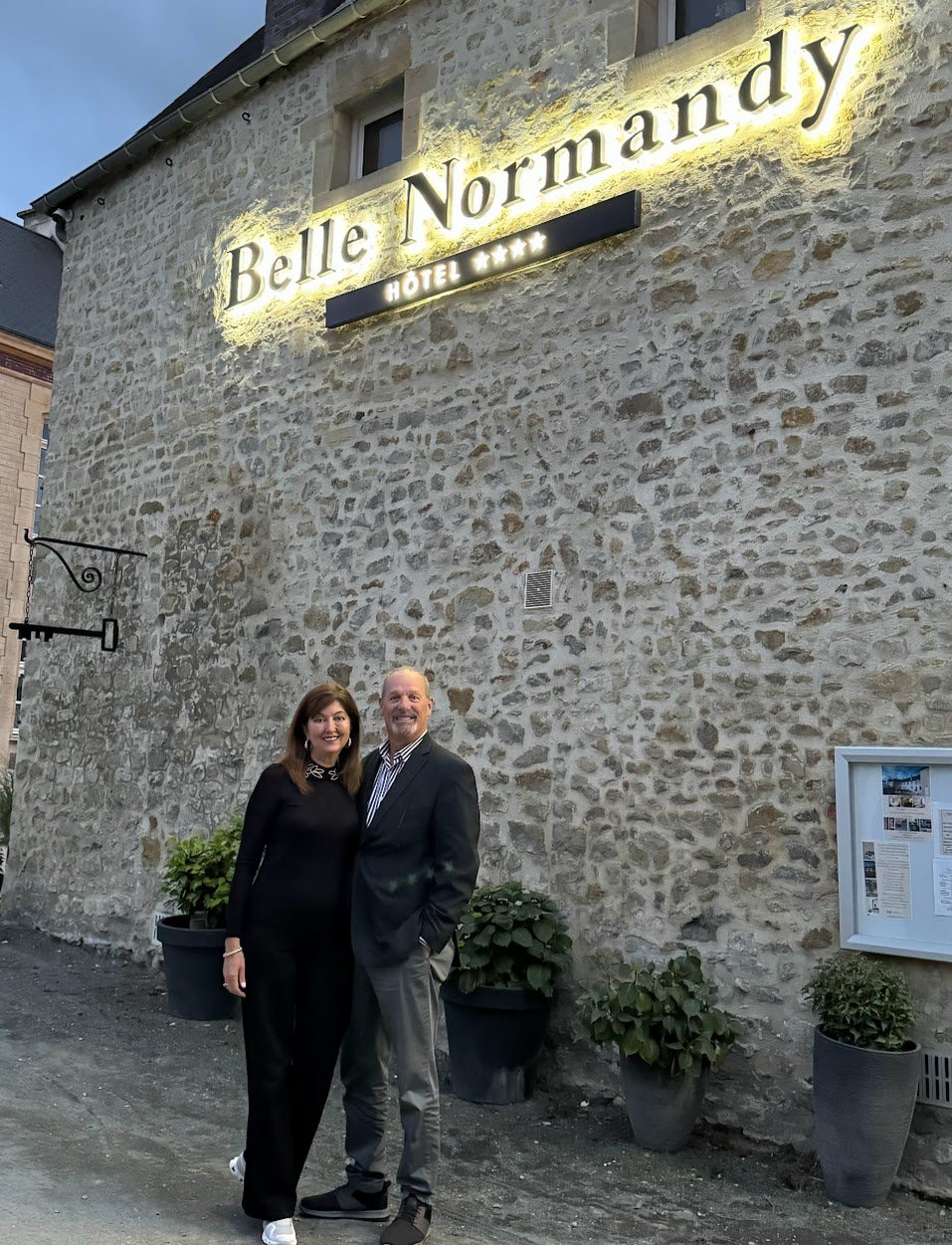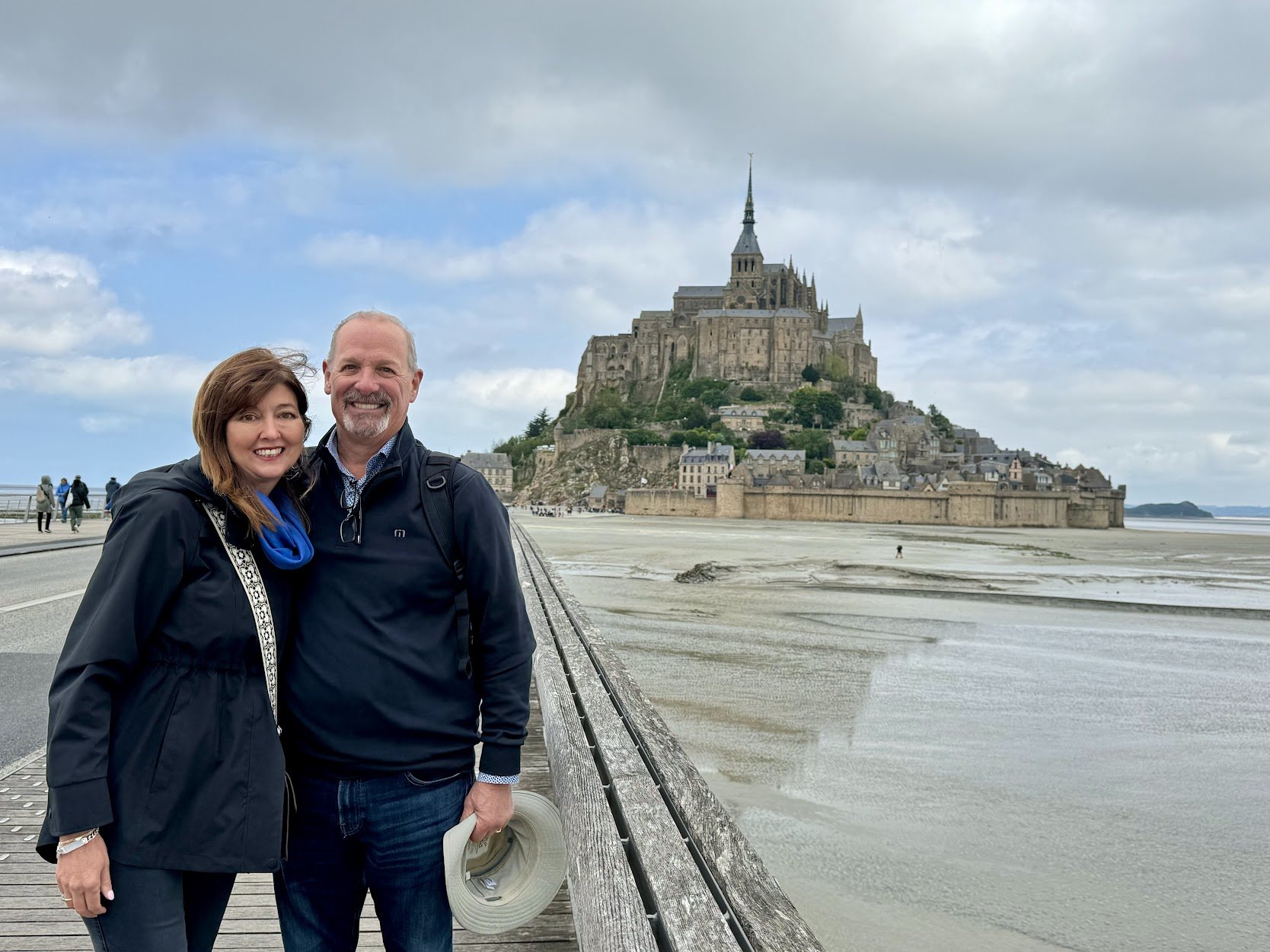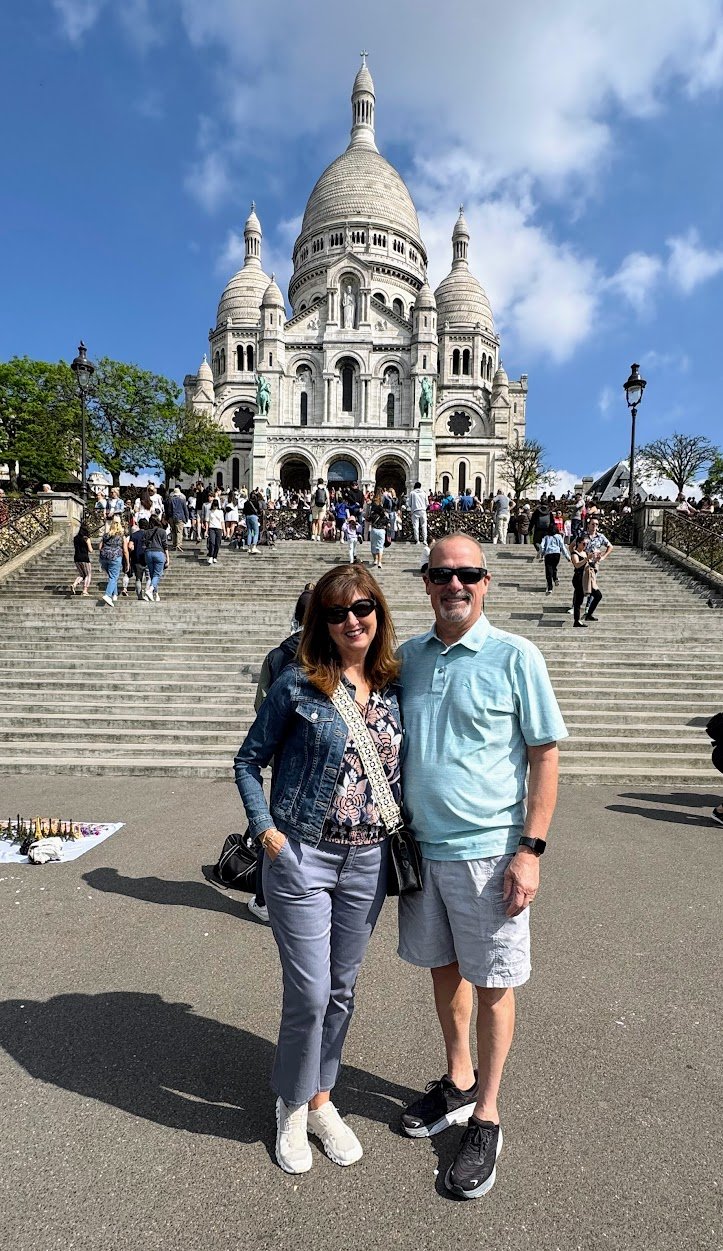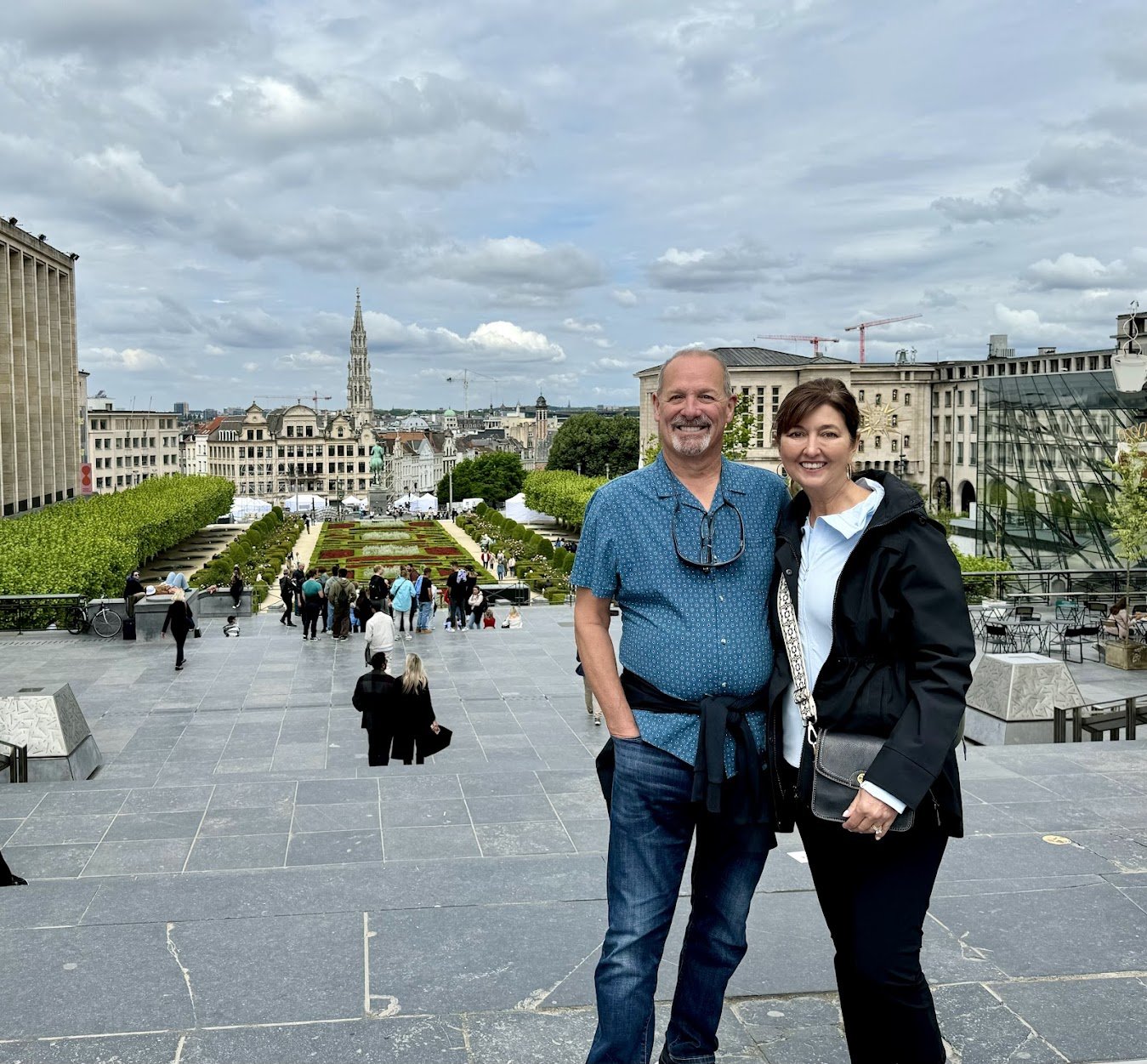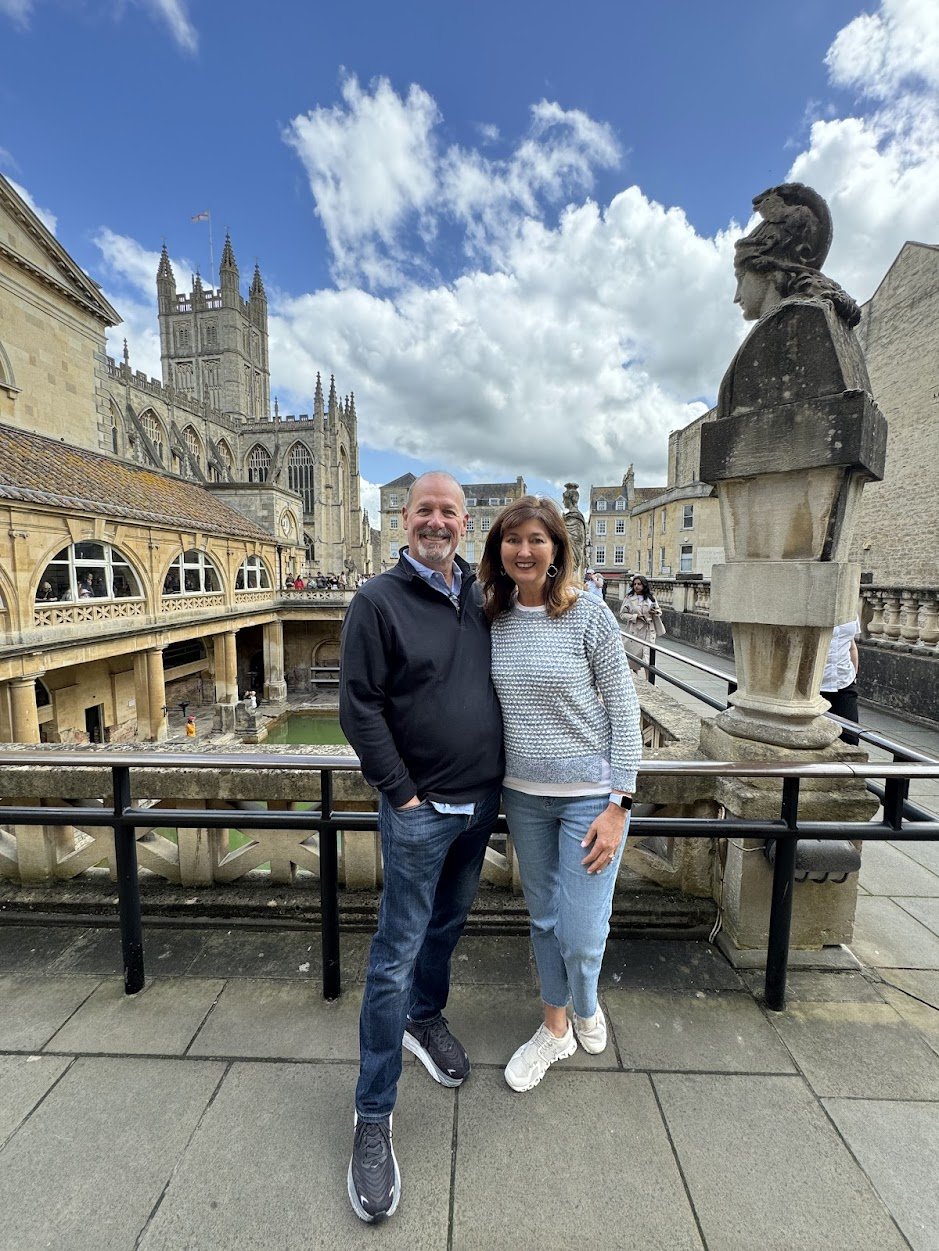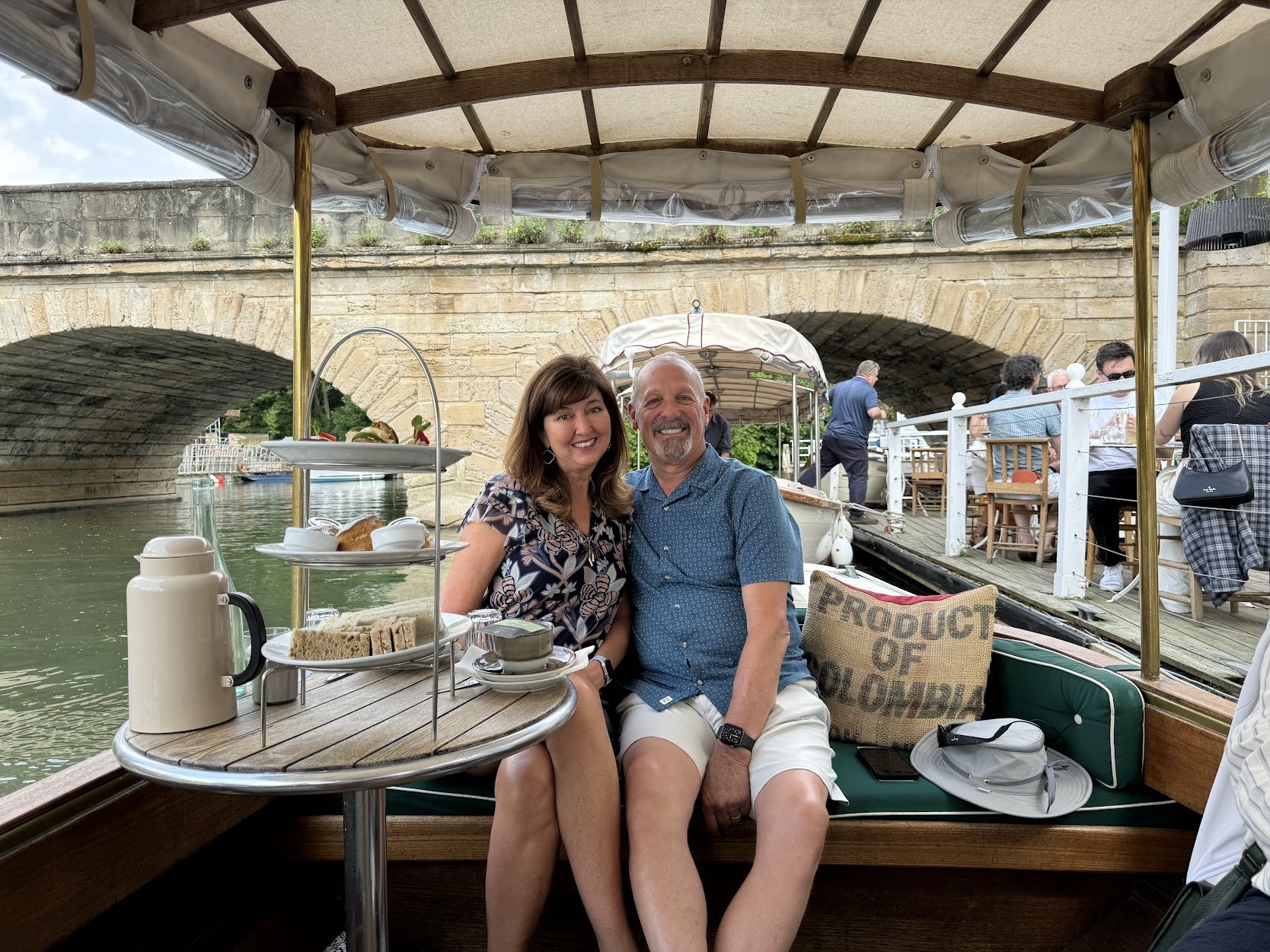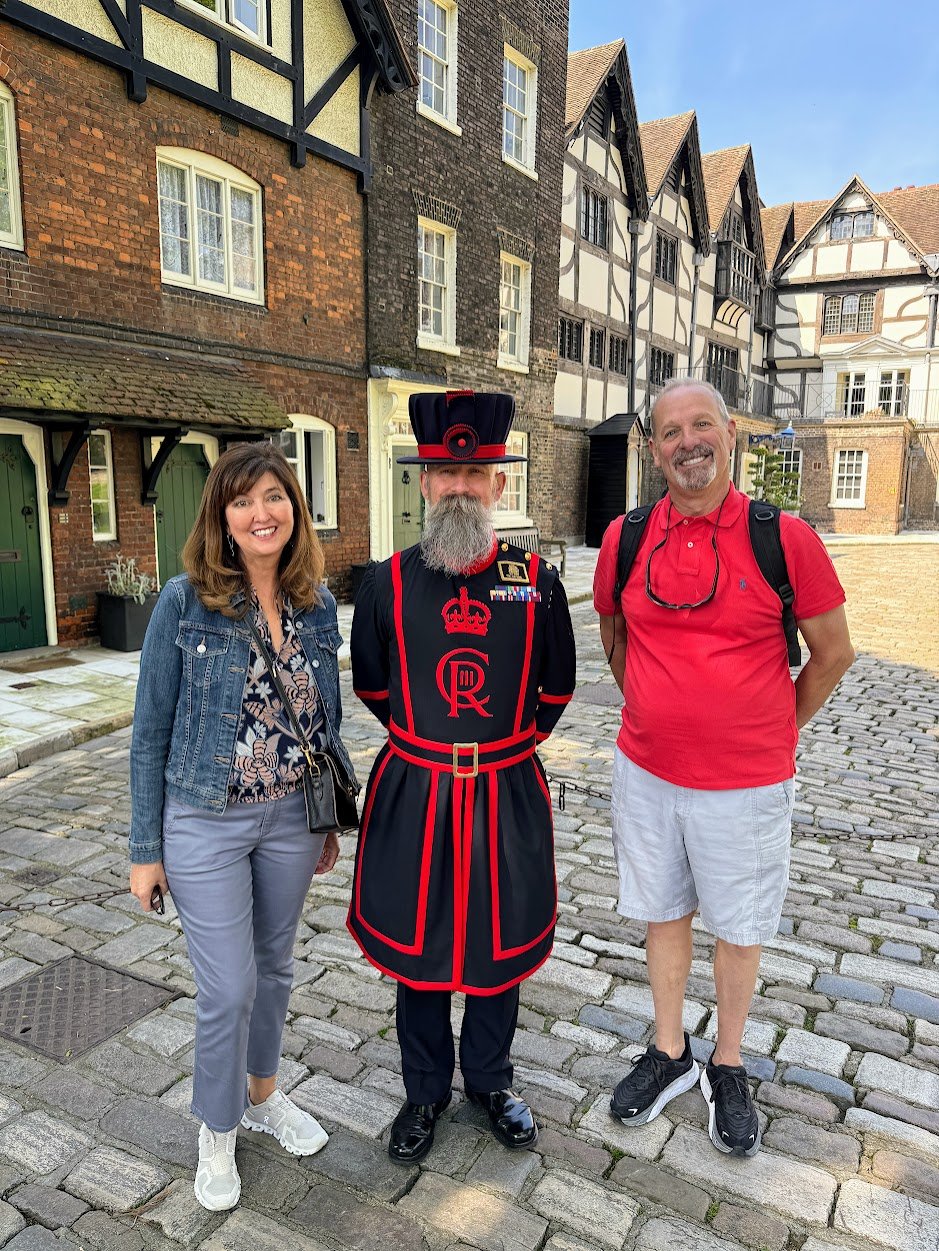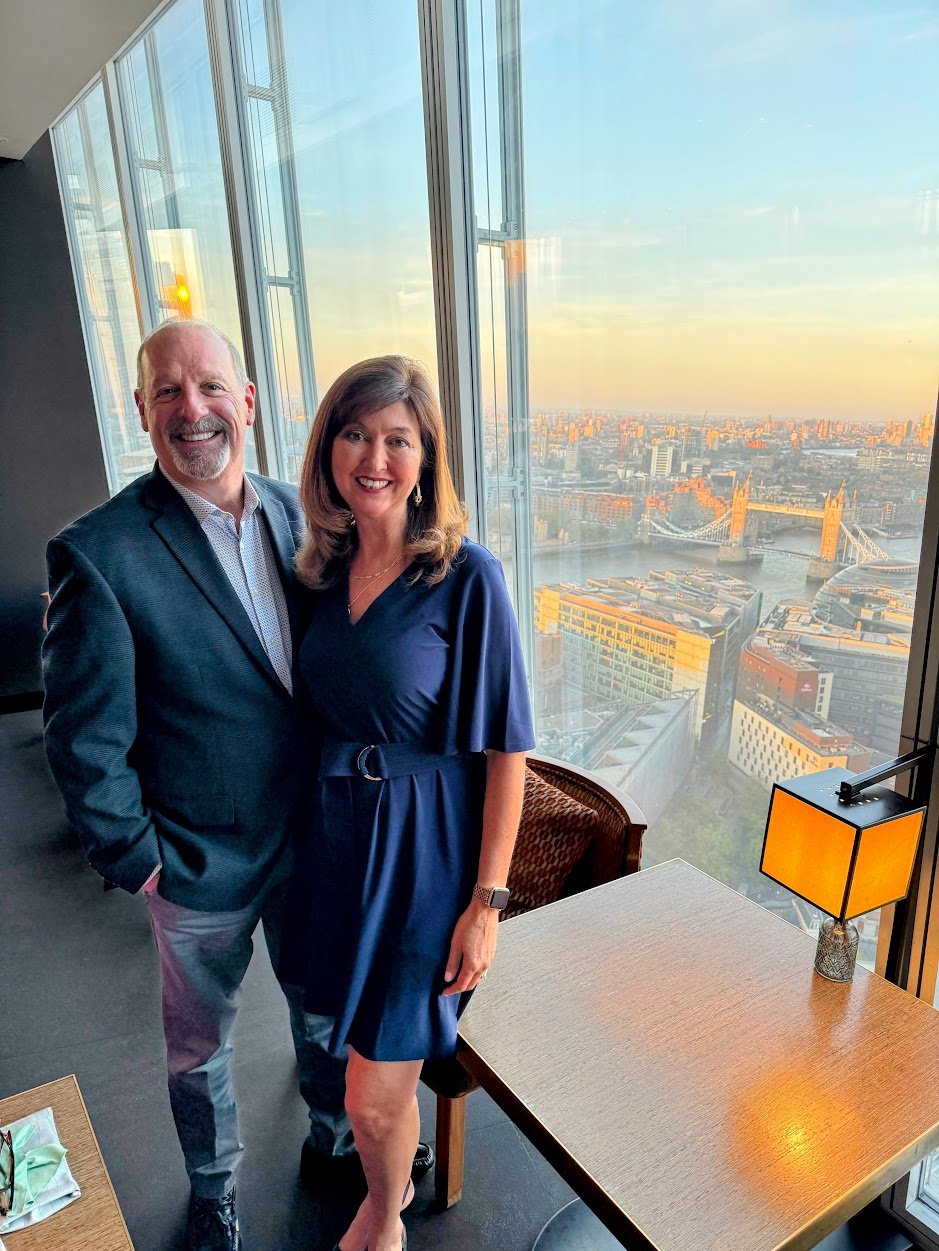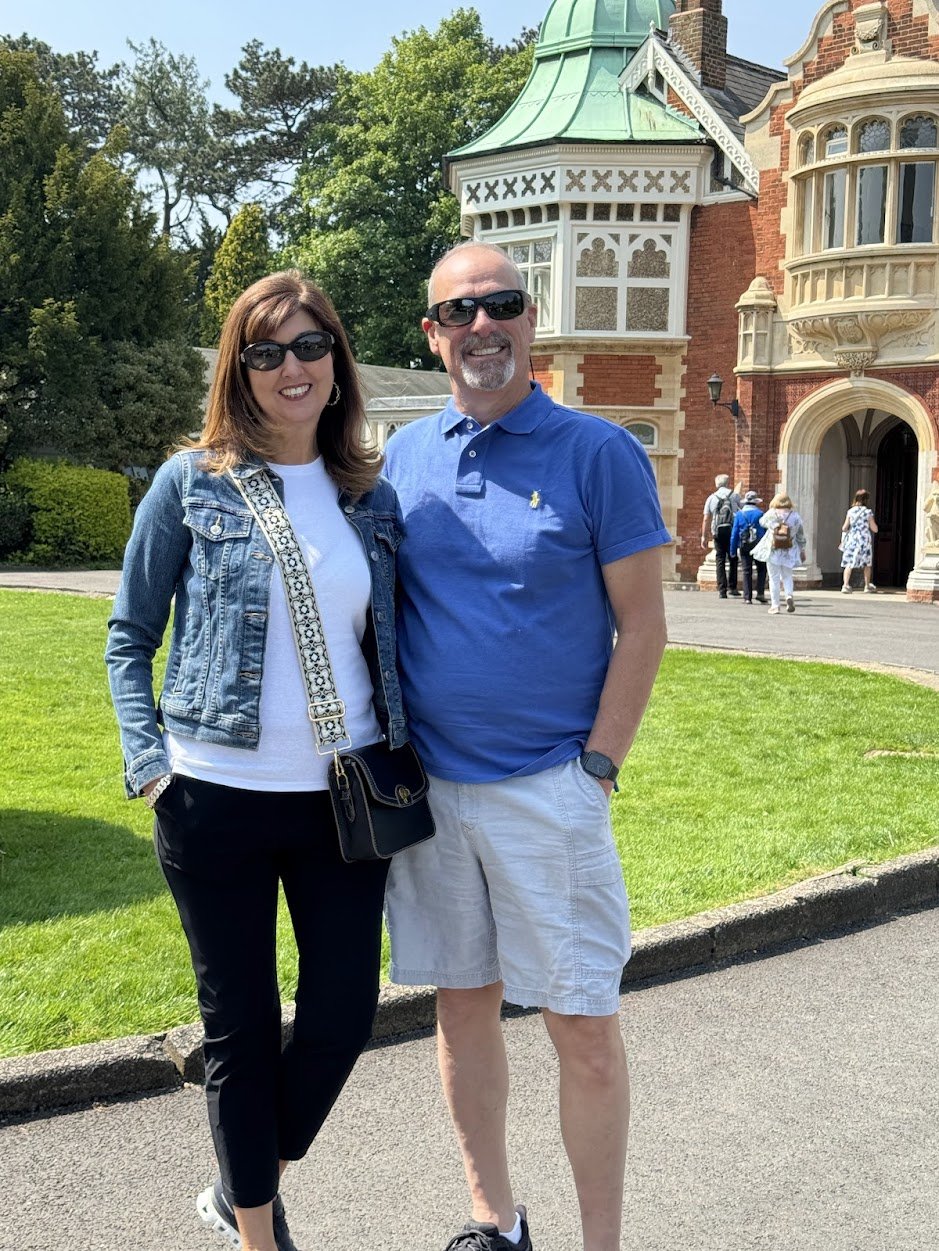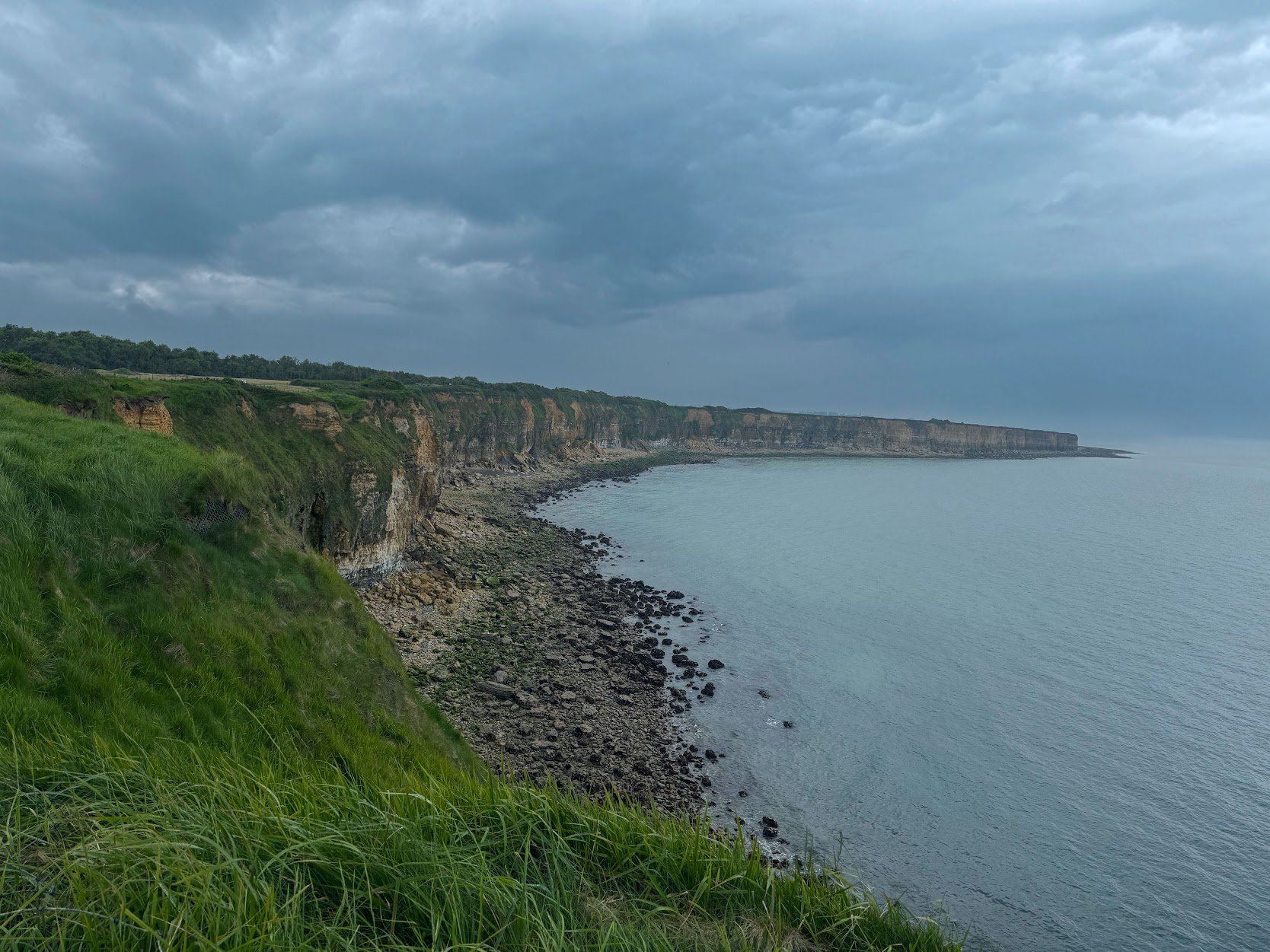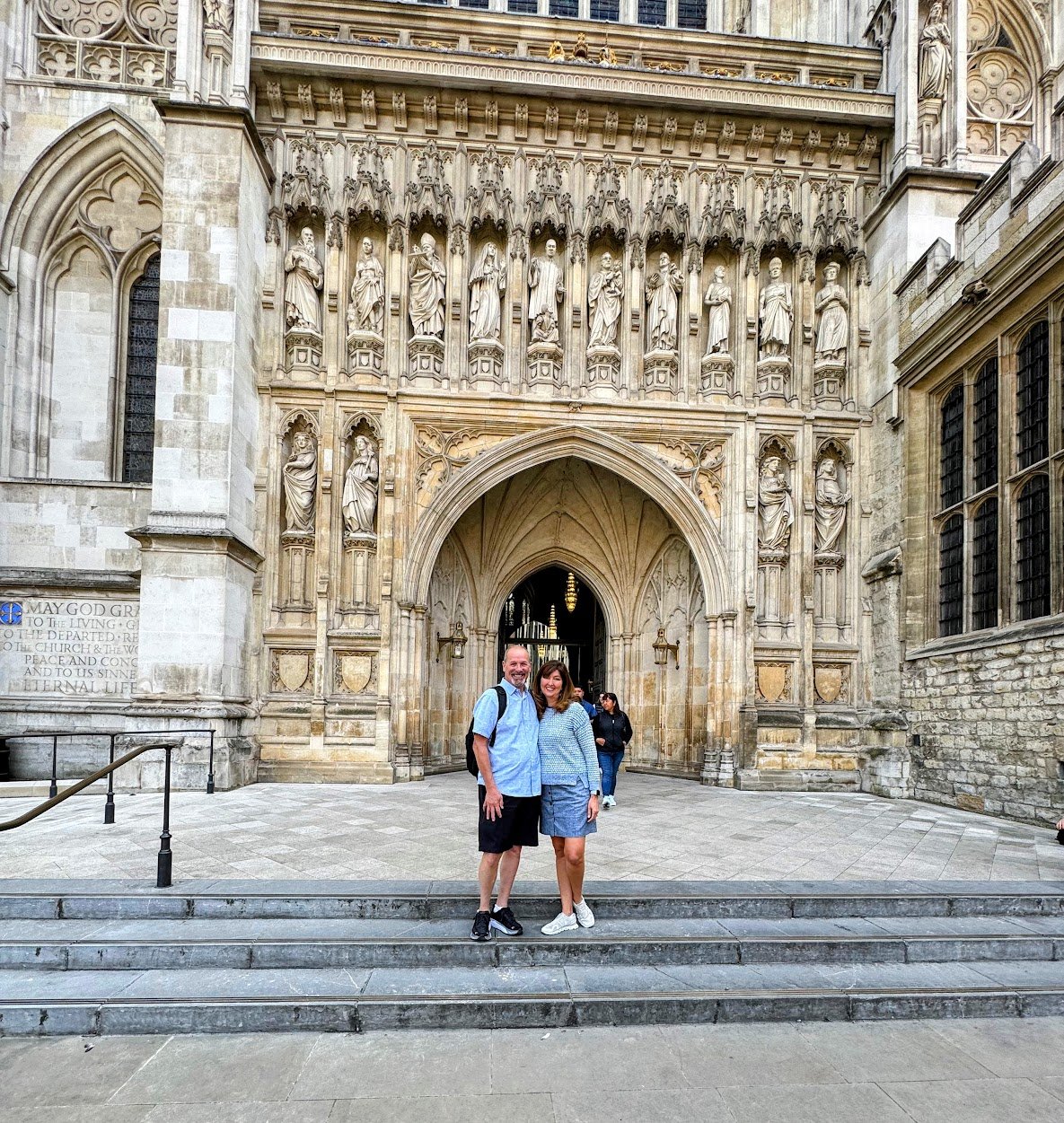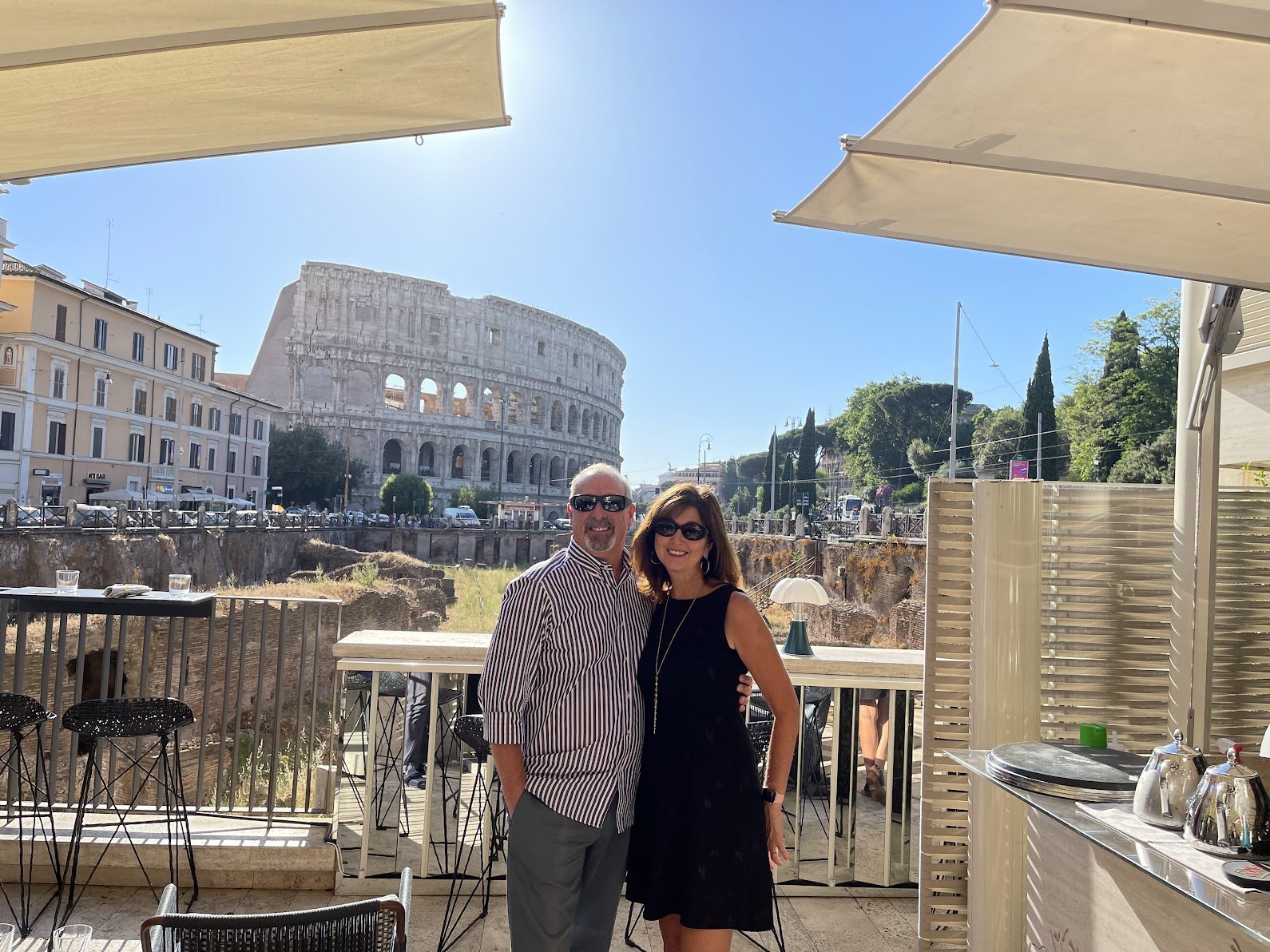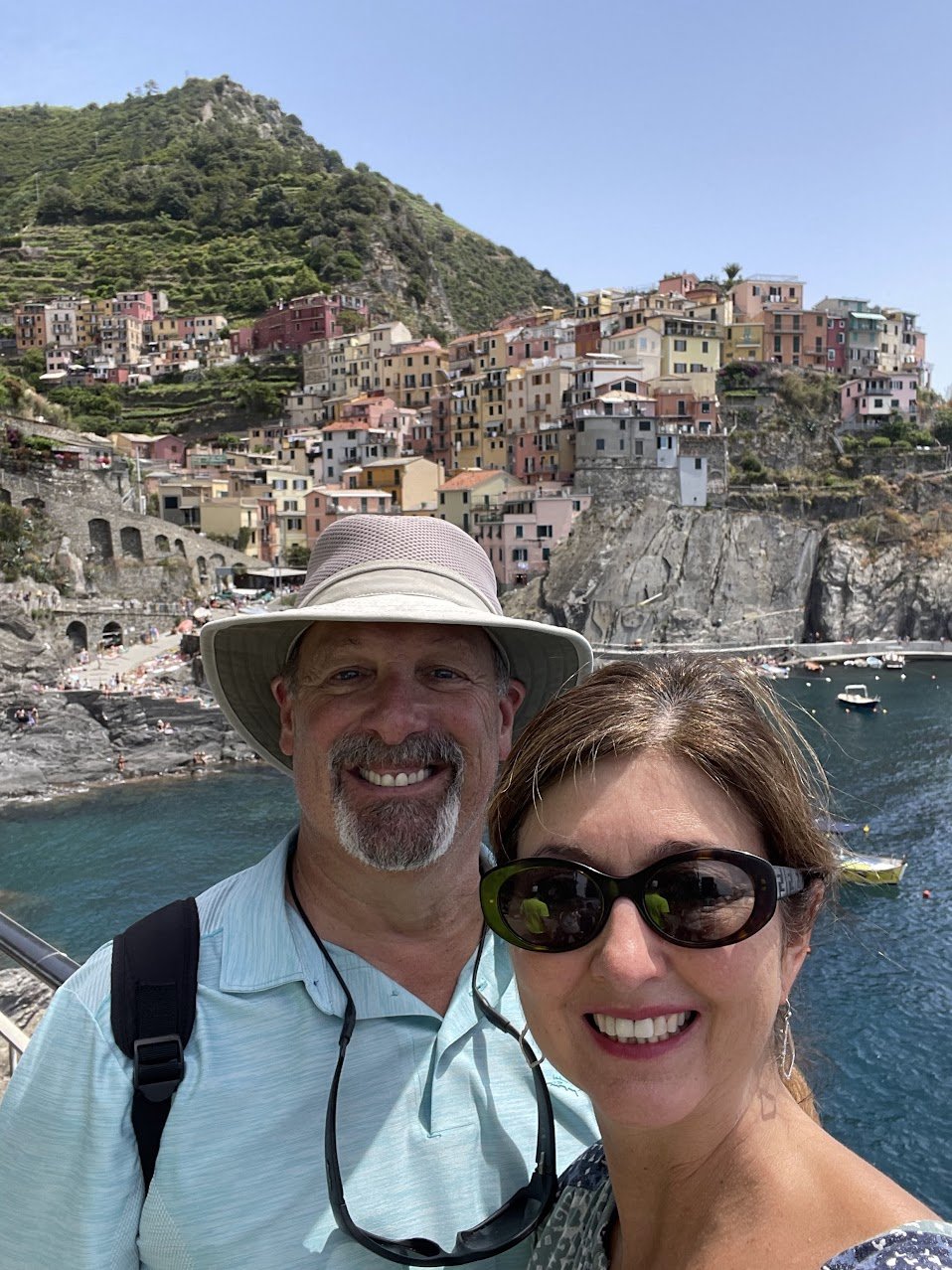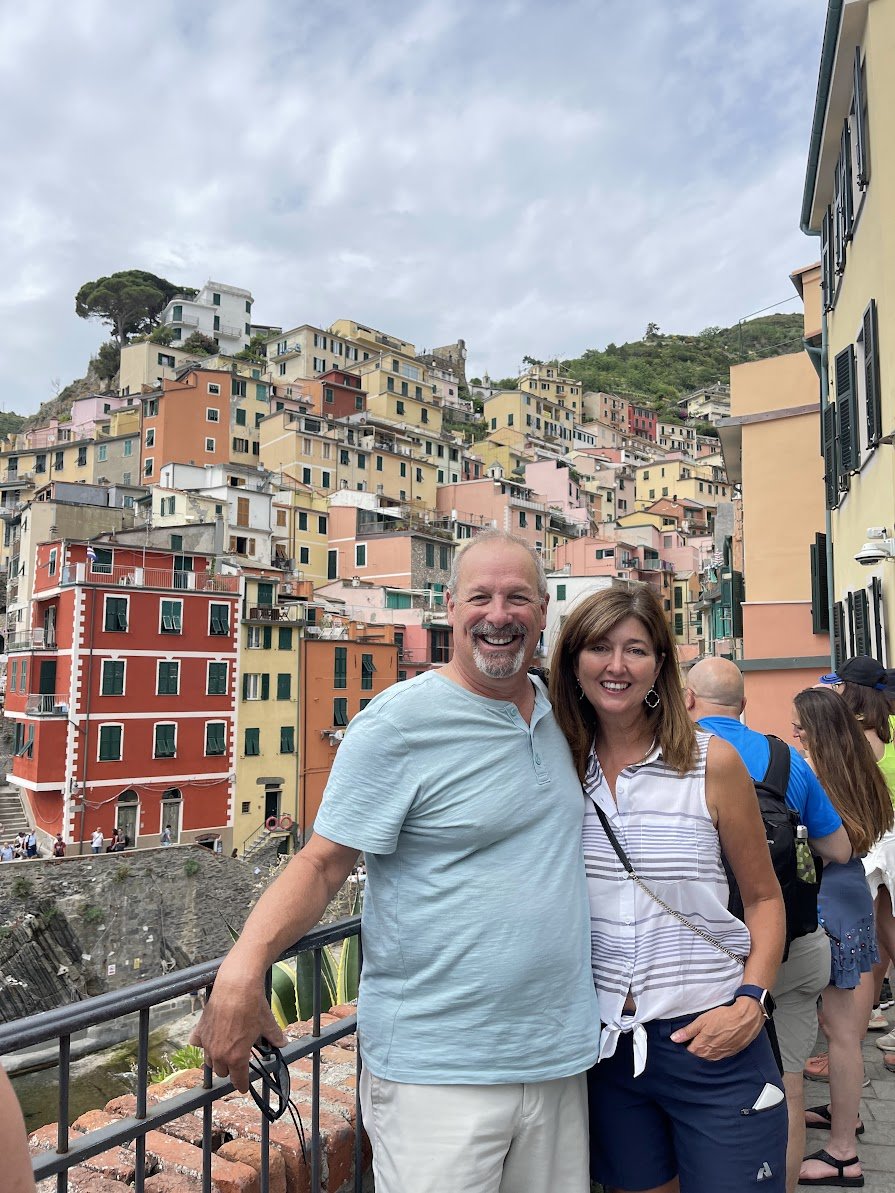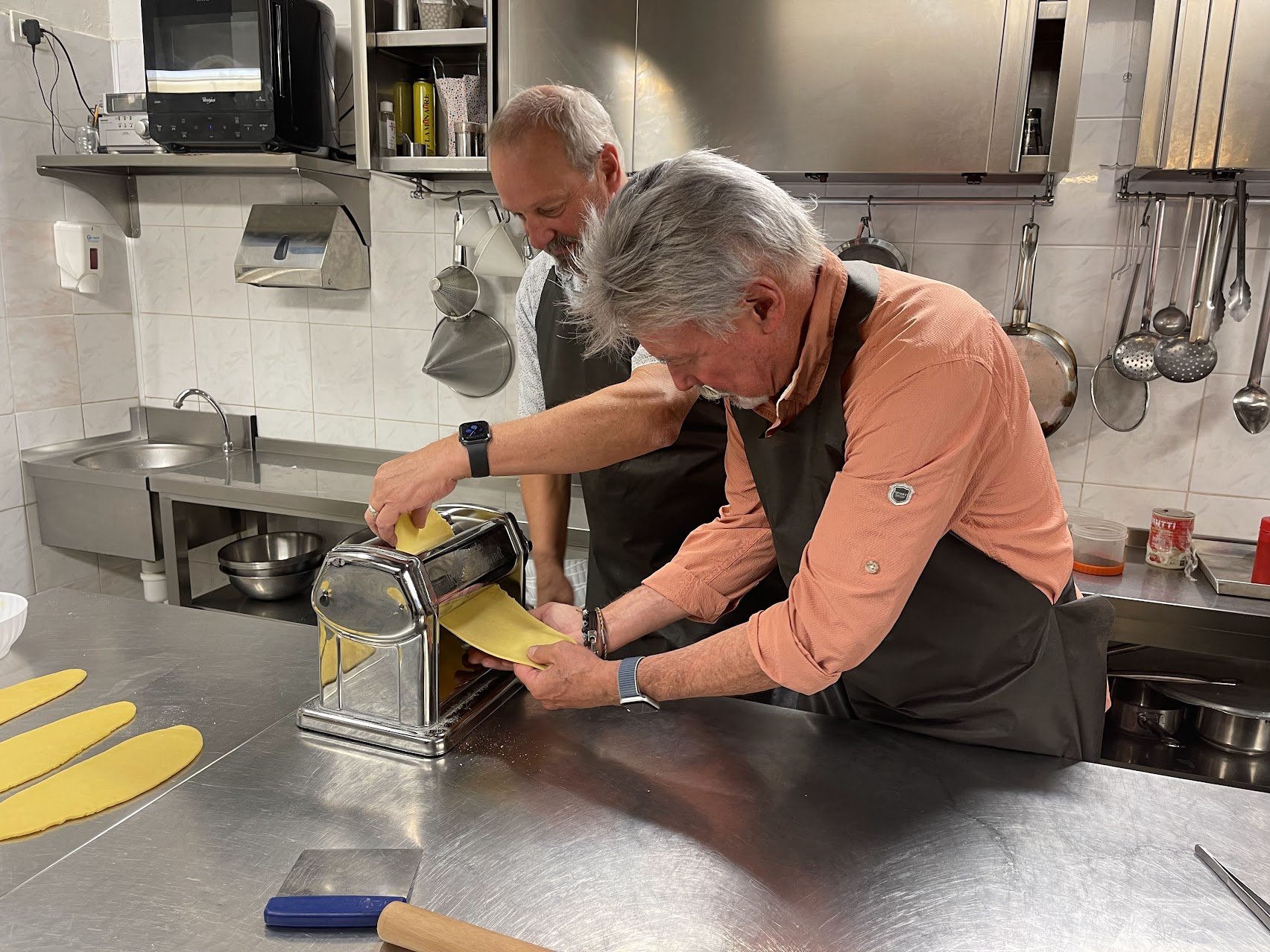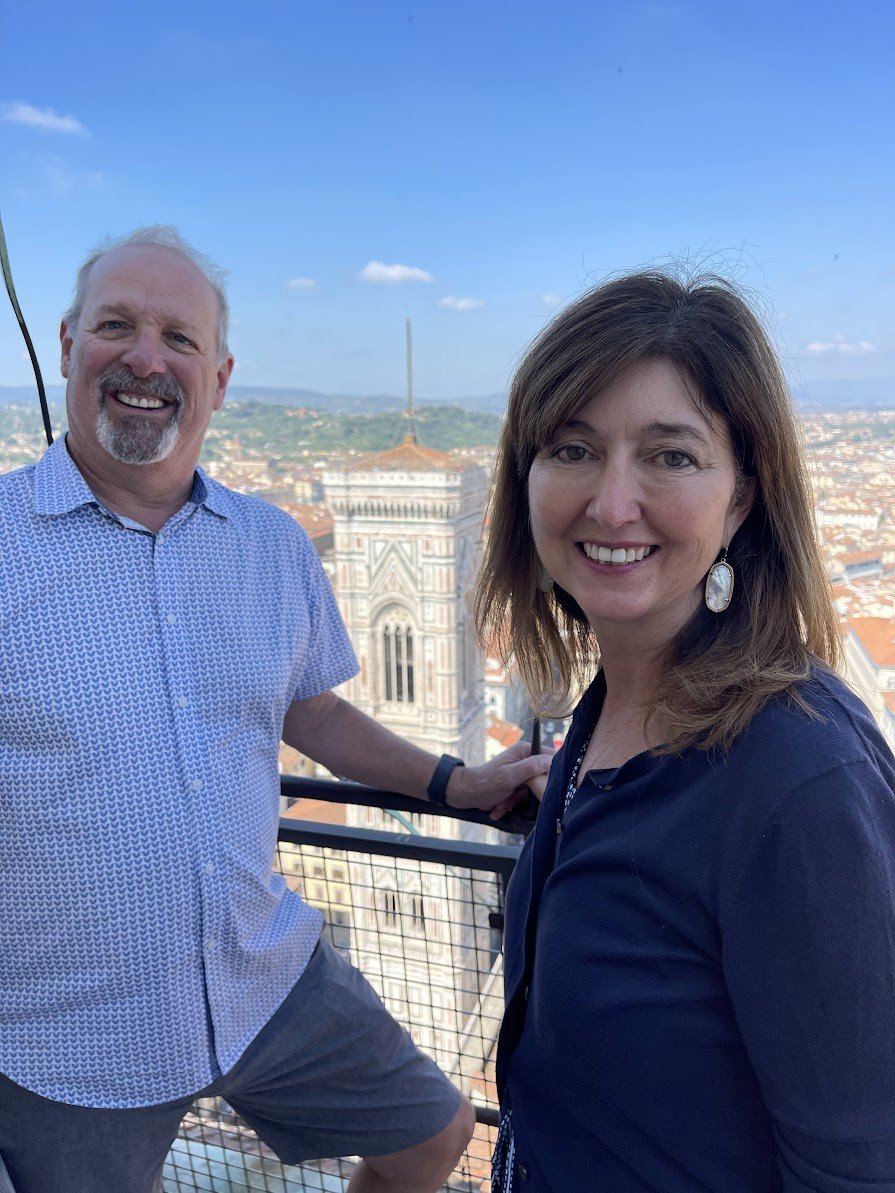Port Tasting in Vila Nova de Gaia, Portugal
Some adventure days are bucket list days. For me, I’d always wanted to visit the heart of where Port comes from. This is partly because we are Portuguese and partly because I’d learned to love port through my Dad. We saved an entire day to visit the Vila Nova de Gaia side of Porto and, of course, to taste a bit of port.
We crossed the Dom Luis bridge on the metro, which was a very cool experience in itself. The metro in Porto is easy to navigate and a very inexpensive way to get around. The bridge itself is fascinating as it is an auto bridge on the bottom and then a pedestrian and metro bridge along the top.
After getting off the Metro it’s a bit of a hike down to the river area where all the port houses are. A fun way to avoid the walk is to take the tram down.
Check out the little video I took while riding down.
Our first stop was my very favorite Port house, Ramos Pinto, located in a beautiful building right along the river. My friend Sandy owned a wine shop in the Sonoma, CA wine region a number of years ago. She first introduced my Dad and I to Ramos Pinto port. That’s why it’s been a favorite of ours ever since.
The oldest existing port houses date back to the 17th century. Ramos Pinto was founded in 1880 and was family owned for 110 years until Roederer bought them in 1990. We have been on many, many wine tours, so we opted just for the tasting. A tip: if you’re planning to do a lot of tasting just share a tasting with your partner. We bought a vintage tasting for what two tastings of their lower end ports would have been. It was plenty of Port.
If you’ve tried fine port at all you know there is a ruby and a tawny version. The tawny tends to be the finer version aging 10, 20 and even 30 years. We did learn that the entire vintage does not have to be of that age, but only a portion. In other words, when drinking a 20 year old tawny you will have some 20 year old but also might have up to a 75 year old vintage in the same bottle. Makes it interesting!
A look at some of the rarer ports of Ramos Pinto. I loved the tasting room, complete with the tree trunk ceilings. After so many years wanting to visit Porto this visit was everything I’d hoped it would be.
We next wandered to Fonseca, a very known port house in the US. Fonseca is a bit older than Ramos Pinto, as it was founded in 1815 but it’s first production release was in 1840. Fonseca has received four 100 point ratings in it’s long history, very rare for a port house. Today it is no longer family owned, as it is a part of the large Taylor-Fladgate conglomerate, that owns a majority of the port houses.
The caves were very cool on a warm day in Portugal. We were surprised they were not very busy at all as well. Another tip: go tasting early in the day, right when the port houses open, as it’s much less crowded.
No pictures of us!
This time we each just had a small glass or port. I tasted a traditional 10-year-old tawny and Steve tried a white port, that was very good.
Unfortunately, we got very few pictures at Fonseca, but we enjoyed our time here.
We were then in search of lunch. During our walk to the marina area, we came upon this art installation. It appears to be random items and possibly junk created into a two story rabbit. It was a very interesting site to see on a side road!
Lunch at the marina! We found a restaurant called, Tasca do Carago. Yes, we had just tasted port but it was time for a beautiful Portuguese white wine.
Alvarhino a Portugese Grape
We love the crisp refreshing taste of a Albarino white wine from Spain. So we asked our waitress for something similar in a Portuguese wine. She brought this delicious Alvarinho from the Minho region of Portugal. After some research we learned they virtually are the same grape, just called different names in each country.
This bottle, like so many local wines throughout Europe, was very inexpensive.
Steve ordered the special of the day that was a braised chicken in a bit of an orange sauce with potatoes. It was delicious! I opted just for some steamed clams, which I loved. This little waterfront restaurant was a great find!
Our Last Port Stop
We had been given a complimentary tasting at Quevedo port house. We are not a group to turn down free port so we tried it out. It was very good. Once again a couple of us opted for the white port.
This port house has only been in existance for just under 30 years. A baby in this region, but they’ve been wine growers for generations before.
After heading back to the hotel for a while we made our way back to a fabulous restaurant called Enoteca 1756. Beautiful setting, terrific service and wonderful food. But for some reason, once again we got only one picture. You might say we were really living in the moment.
We were so full after dinner and it was such a beautiful night we walked along the marina and just enjoyed the views. Up on the hill to the left, the brightly lit building is the Church of St. Francis also known as the Church of Sao. It is the largest church in Porto. We did not visit it. A reason to go back!
It was a very full and exciting visit. I highly recommend a visit to Porto.
One last shot of Ramos Pinto at night. It was a great end to the bucket list day in Portugal!






















